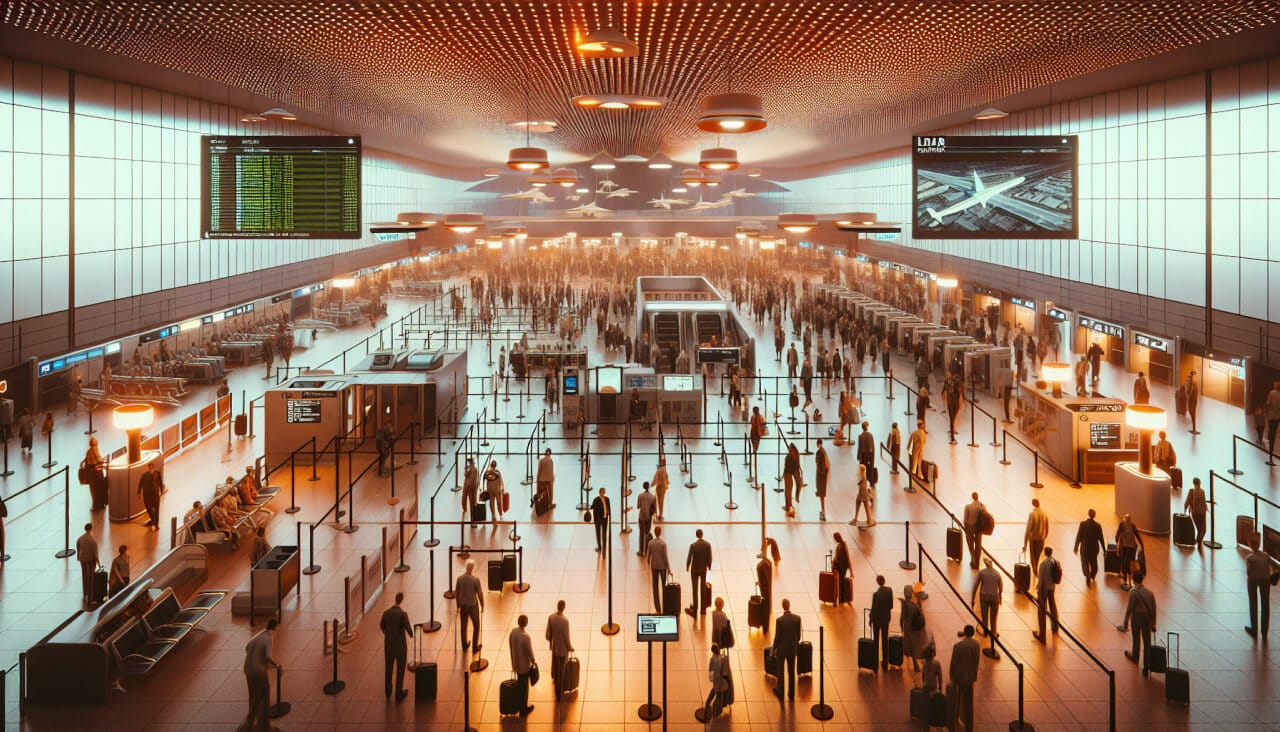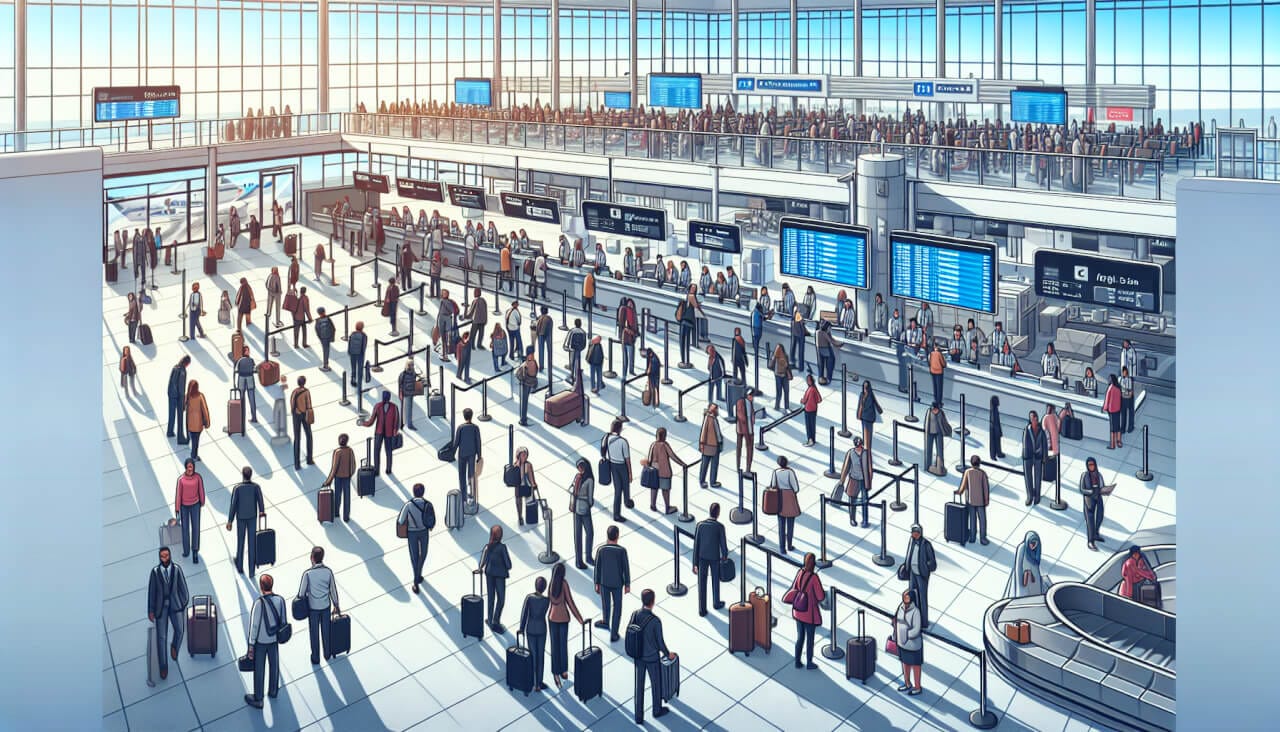
Enhancing Passenger Experience and Efficiency in Airports Through Data Insights
Airports can enhance passenger experiences and efficiency by leveraging real-time data insights to optimize customs, baggage handling, and transfer processes. This strategic approach not only minimizes wait times but also boosts overall Airport Service Quality, creating smoother travel experiences.
Table of Contents
- Introduction
- Understanding Passenger Flow and Forecasting
- Optimizing Immigration and Customs Operations
- Reducing Baggage Wait Times
- Facilitating Transfer and Connection Processes
- Improving Road Transport Coordination
- Boosting Airport Service Quality (ASQ)
- Conclusion
Introduction
Airports are gateway hubs that connect travelers to their destinations. Efficient airport operations significantly enhance passenger experiences and improve overall operational efficiency.
By leveraging flow insights and forecasting, airports can gain valuable real-time data that informs decision-making processes across various operational areas.
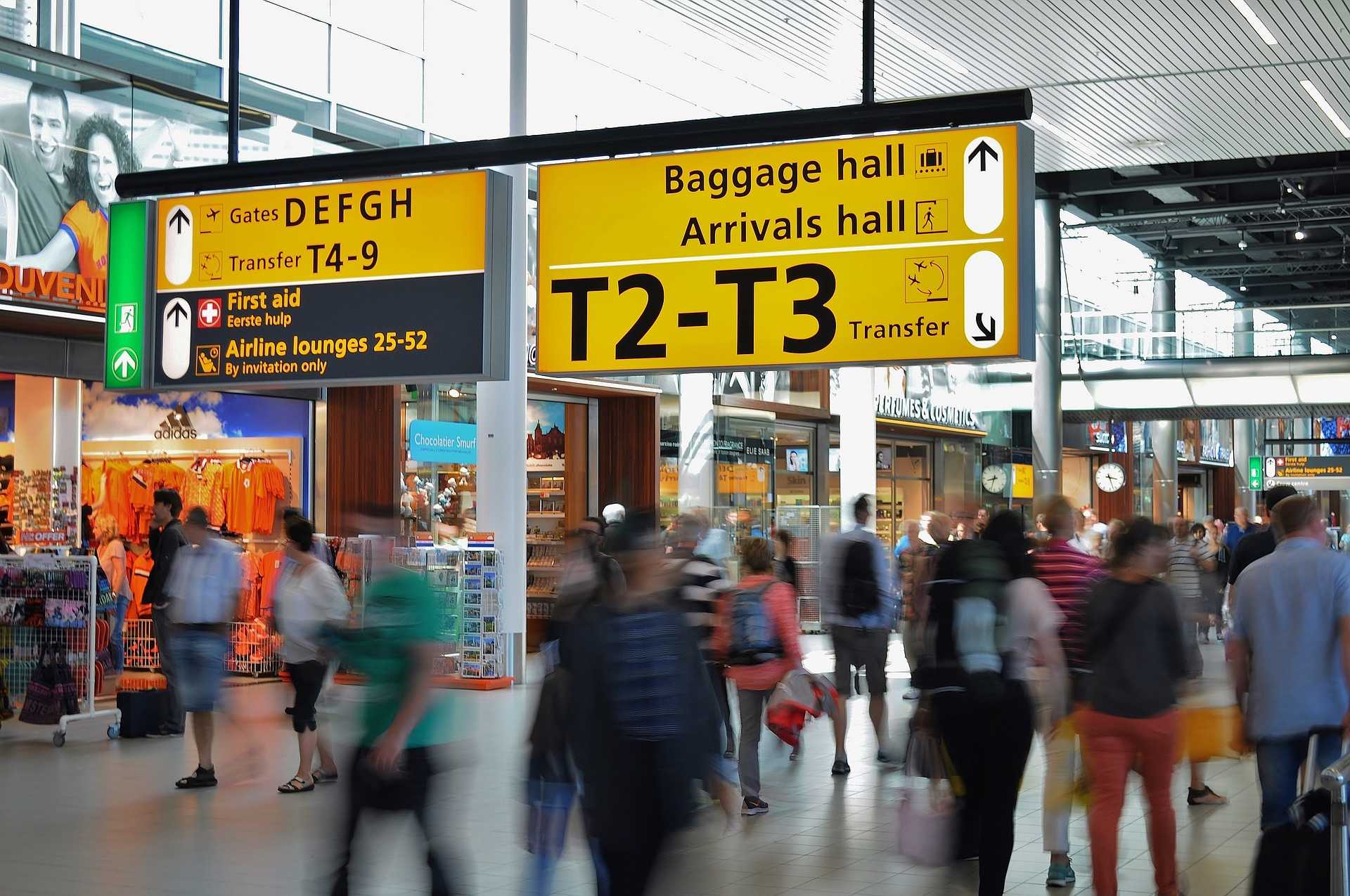
This article explores how combining passenger flow insights with critical operational data can help airports optimize functions such as immigration capacity, baggage handling, and transportation coordination while improving the Airport Service Quality (ASQ) score.
Understanding Passenger Flow and Forecasting
To enhance airport operations, it is vital to understand passenger flow dynamics. Passenger flow refers to the movement patterns of travelers through various airport processes, including check-in, security, customs, and baggage claim.
By utilizing real-time data, airports can identify trends and patterns in these movement flows.
Real-time data sources, including flight schedules, passenger counts, and baggage tracking systems, feed into analytics platforms that generate actionable insights.
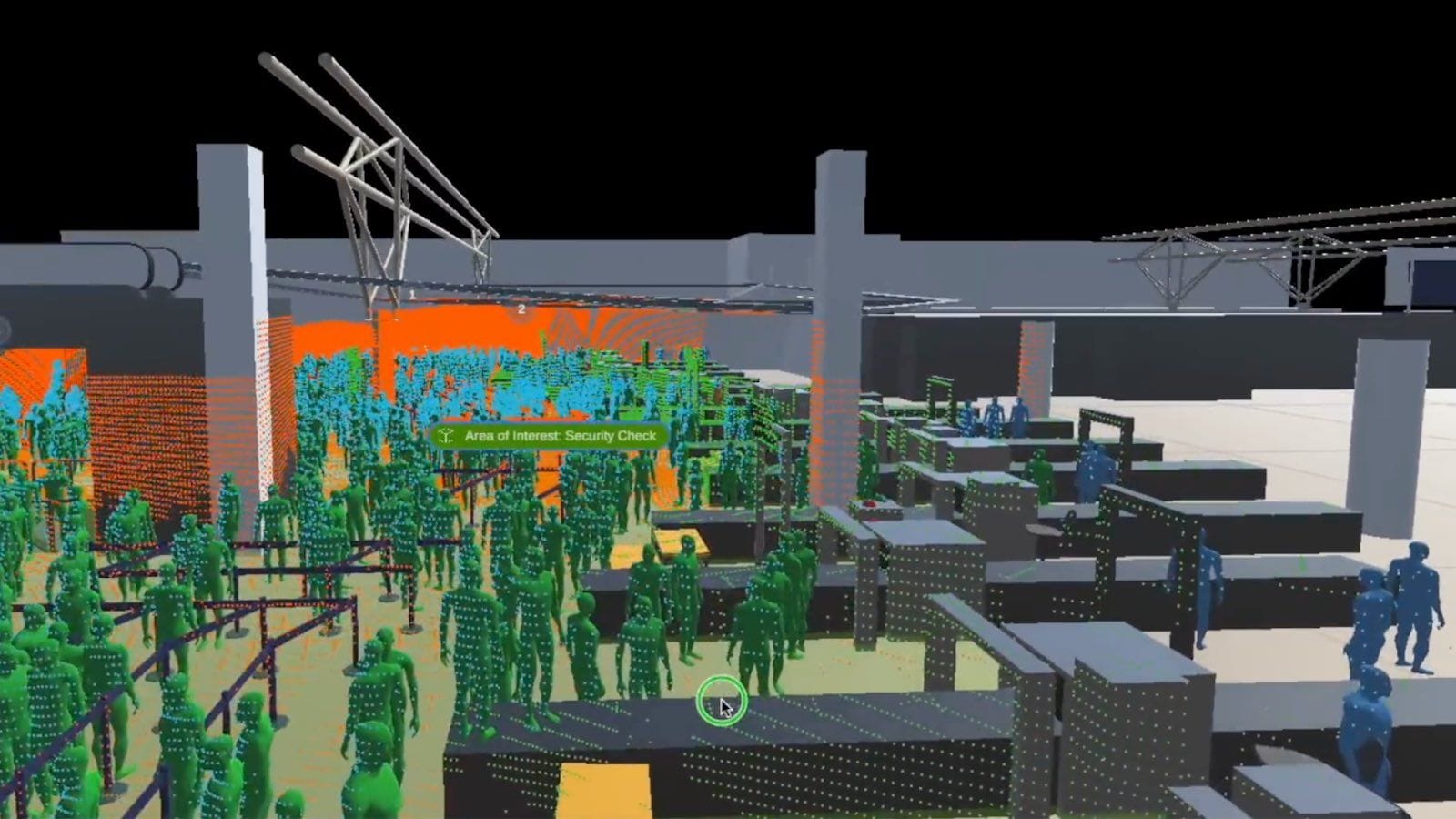
Through effective passenger flow management, airports can streamline processes, ensuring a positive experience that meets customer expectations.
Key Metrics to Monitor
To achieve effective passenger flow forecasting, airports should prioritize monitoring the following metrics:
- Passenger Arrival Rates: Keeping track of passenger arrival times helps assess peak periods and smooth operational bottlenecks.
- Baggage Handling Times: Understanding how long it takes for bags to arrive allows for accurate staffing and resource allocation.
- Immigration Processing Speeds: Monitoring processing times helps identify areas for improvement and enhances efficiency in customs.
- Transfer Volume: Understanding the number of passengers transiting through the airport can aid in resource allocation for connecting flights.

By analyzing these metrics, airport operators can ensure smoother traffic flows, reduce wait times, and enhance overall passenger satisfaction.
Optimizing Immigration and Customs Operations
Immigration and customs processes are critical touchpoints in an airport journey, and optimizing these operations can significantly enhance passenger experiences.
Coordinating real-time data on passenger arrivals and resource availability helps address potential bottlenecks. For instance, if forecasts predict a high number of incoming flights at a given time, additional staff can be scheduled to manage customs processing.
Furthermore, the integration of biometric systems can automate and expedite processes, enhancing overall immigration efficiency.
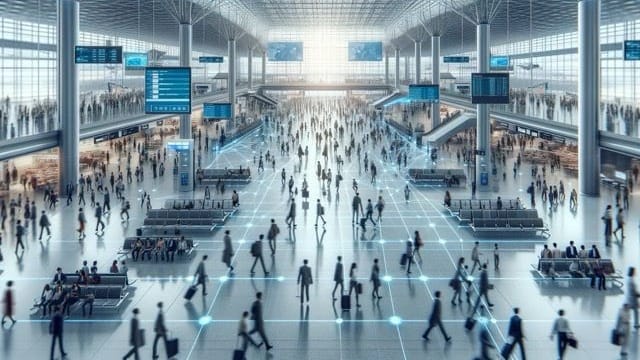
Airports can collect valuable flow data that informs future staffing needs and reduces delays.
Benefits of Optimized Immigration Operations
- Reduced Passenger Wait Times: Streamlined processes can minimize the time travelers spend at customs.
- Enhanced Staff Allocation: Predictive data allows for proactive staffing adjustments based on expected passenger volumes.
- Improved Safety and Security: Efficient processing reduces congestion, enhancing security measures.
- Increased Passenger Satisfaction: Shorter wait times and smoother experiences have a direct positive impact on traveler perceptions.
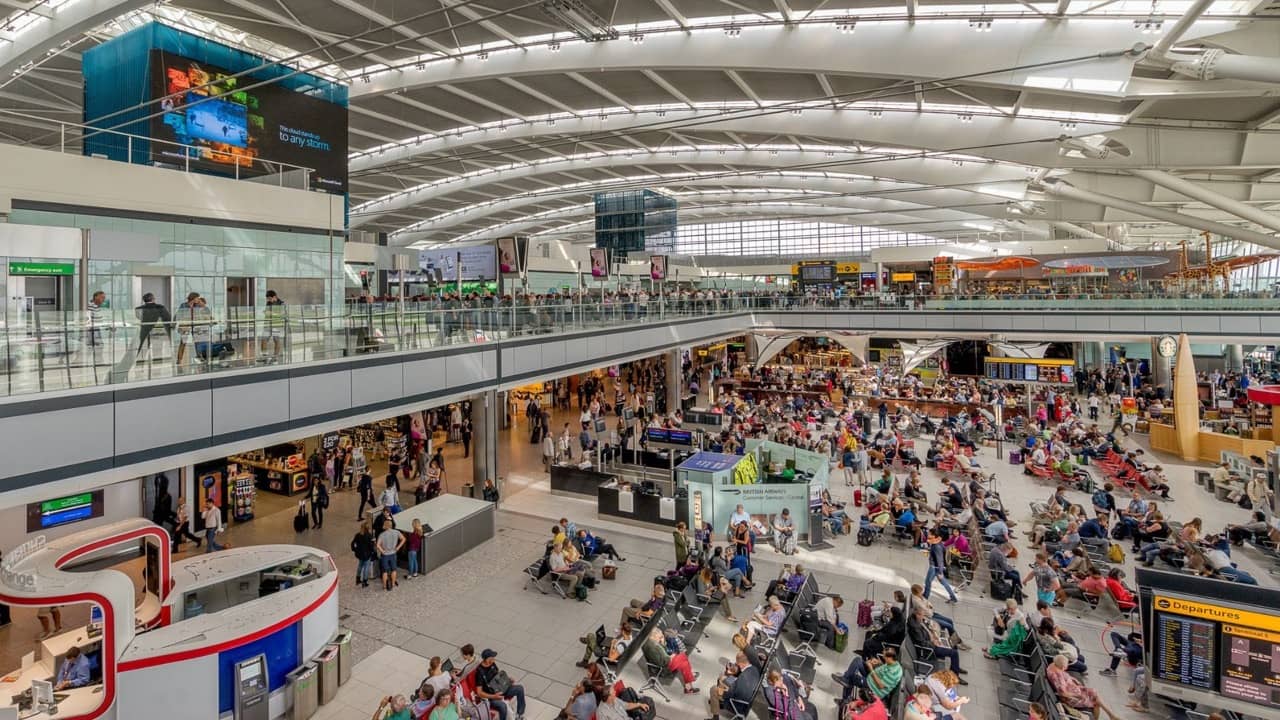
The cumulative impact of these optimizations helps create a more welcoming atmosphere, which is imperative in today’s highly competitive airport landscape.
Reducing Baggage Wait Times
Baggage wait times can significantly affect overall passenger satisfaction. Enhanced insight into baggage flow can help airports identify and rectify inefficiencies in this crucial part of operations.
By integrating baggage tracking tools that utilize real-time data, airports can monitor the status and location of luggage throughout the journey. Such tools provide instant alerts for potential issues with baggage delivery, enabling proactive measures to be taken.
To address baggage wait times effectively, airports should invest in baggage handling technologies that allow connections between tracking systems and operational data.
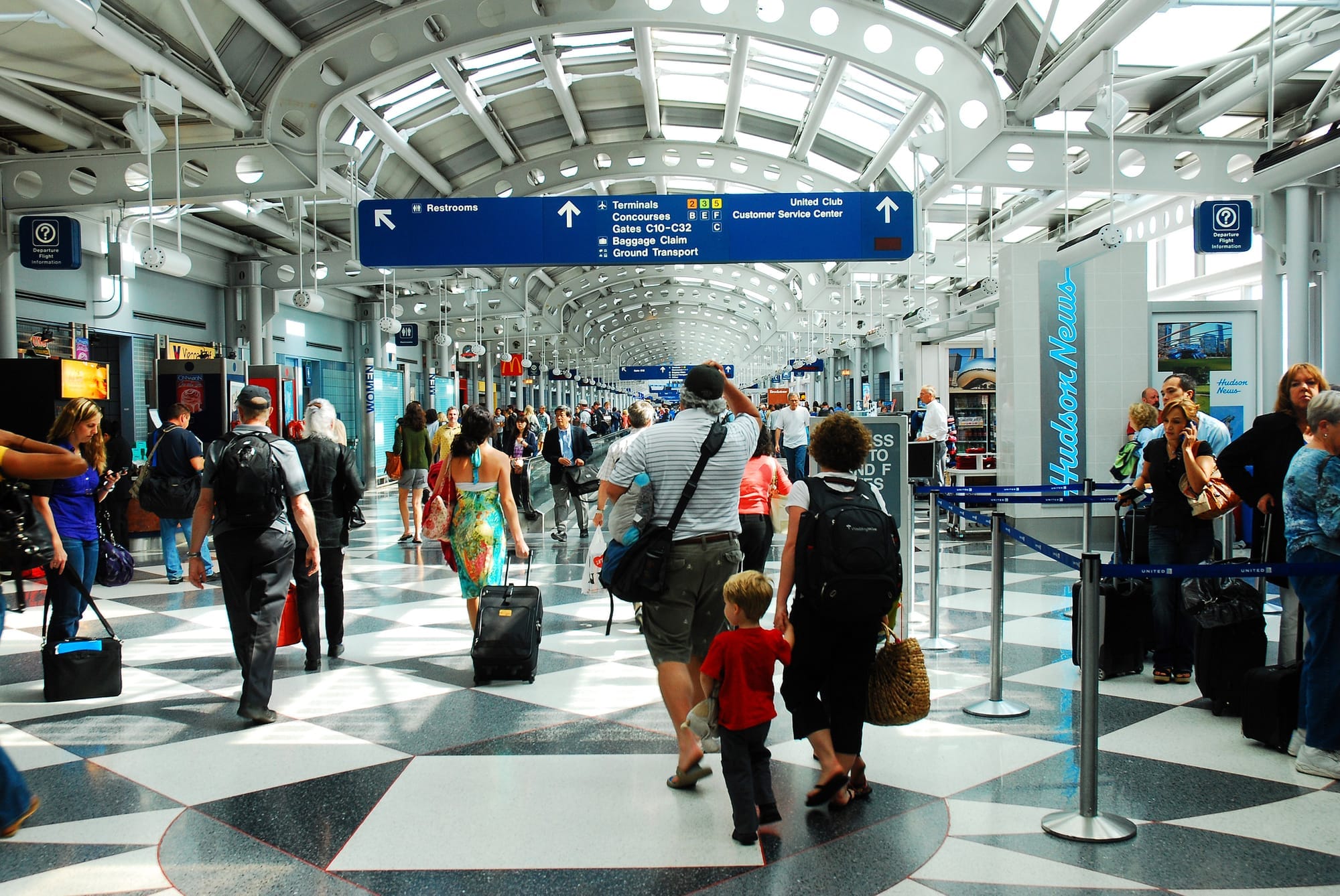
For instance, if a particular flight experiences delays, adjusting staffing and processes based on this data ensures timely delivery of all passenger bags.
Best Practices to Improve Baggage Handling
- Invest in Advanced Tracking Systems: Utilize technology to monitor baggage locations in real-time and reduce discrepancies.
- Enhance Coordination with Airlines: Establish strong communication channels with airlines to share baggage information effectively.
- Train Staff on Proactive Strategies: Equip staff with the knowledge and tools needed to respond efficiently to unexpected delays.
- Analyze Historic Data for Patterns: Review past data to predict busy times and optimize staff and resource allocations in peak periods.
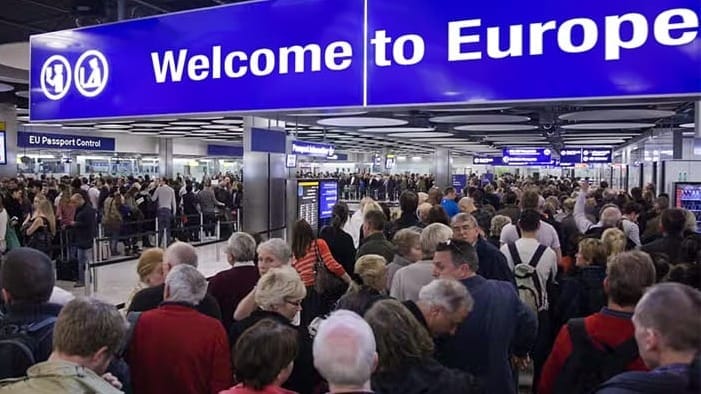
By addressing baggage wait times head-on, airports can significantly enhance the passenger experience, fostering loyalty and satisfaction.
Facilitating Transfer and Connection Processes
For passengers catching connecting flights, the efficiency of transfer processes can dictate their overall travel experience.
Real-time data insights allow airports to manage passenger flow between gates, offering seamless transitions from one flight to another. This includes coordinating flight delays or cancellations to ensure passengers can easily access alternative transportation.
Effective communication between airlines and airport information systems is imperative. Alerts concerning changes in flight statuses can guide staff on how to assist impacted passengers efficiently.

Additionally, implementing wayfinding technologies can facilitate better navigation through terminals for those making connections.
Key Advantages of Improved Transfer Management
- Streamlined Passenger Movement: Ensures seamless transitions through the airport.
- Timely Information Delivery: Real-time alerts about gate changes or flight delays keep passengers informed.
- Improved Coordination Among Airlines: Robust sharing of data enables airlines to collaborate effectively.
- Enhanced Passenger Trust: Smoother transfer experiences lead to increased confidence in future travel itineraries.
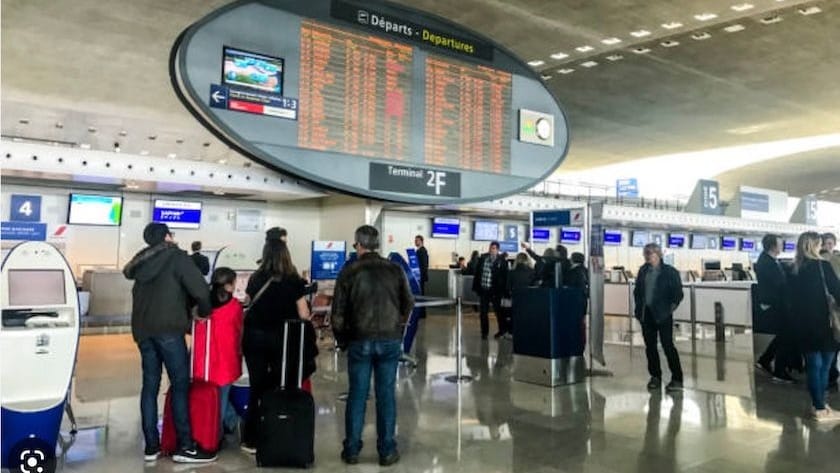
By optimizing transfer management through data-driven insights, airports can enhance both operational efficiency and service delivery.
Improving Road Transport Coordination
Effective transport coordination plays a vital role in enhancing passenger arrival operations.
Timely coordination between airline schedules and ground transportation services helps reduce wait times for passengers upon arrival. With access to real-time flight data, transportation services can adjust their schedules to accommodate incoming flights.

Stakeholders such as shuttle services, taxis, and rideshare programs must work in sync to provide timely pickups and drop-offs. Technology can facilitate this coordination, offering comprehensive transport solutions to travelers.
Strategies for Efficient Road Transport Coordination
- Integrate Real-Time Flight Information: Transportation providers should have access to live flight data to adjust schedules accurately.
- Enhance Communication Platforms: Utilizing apps or platforms for seamless communication among transport services can help ensure timely coordination.
- Develop Clear Signage: Well-marked pick-up and drop-off areas simplify the process for arriving passengers.
- Adopt Mobile Solutions: Mobile apps can provide real-time updates and alerts to passengers regarding transport options and delays.
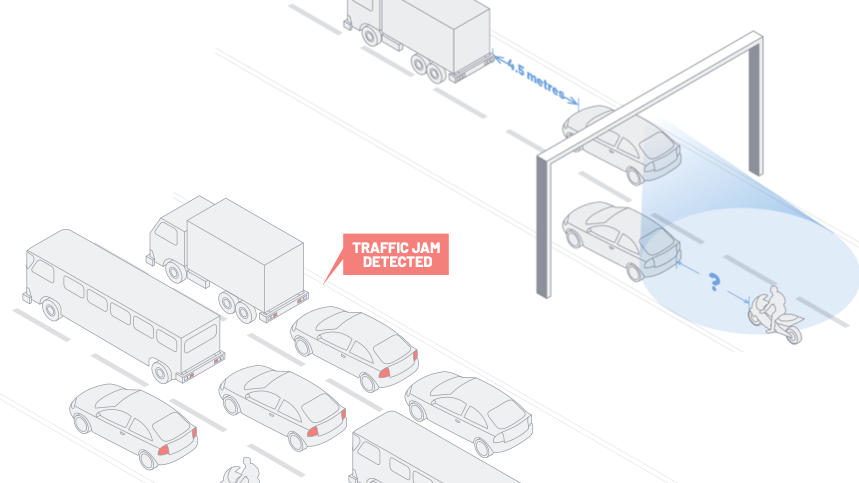
By improving road transport coordination, airports can create an end-to-end travel experience that is efficient, seamless, and user-friendly.
Boosting Airport Service Quality (ASQ)
Airport Service Quality (ASQ) directly influences how travelers perceive their journey. Enhanced operational efficiency and flow insights contribute to higher ASQ scores, driving overall customer satisfaction.
Incorporating passenger feedback into operational adjustments can lead to significant enhancements. Analyzing survey data helps identify areas for improvement and strategies to optimize service delivery.
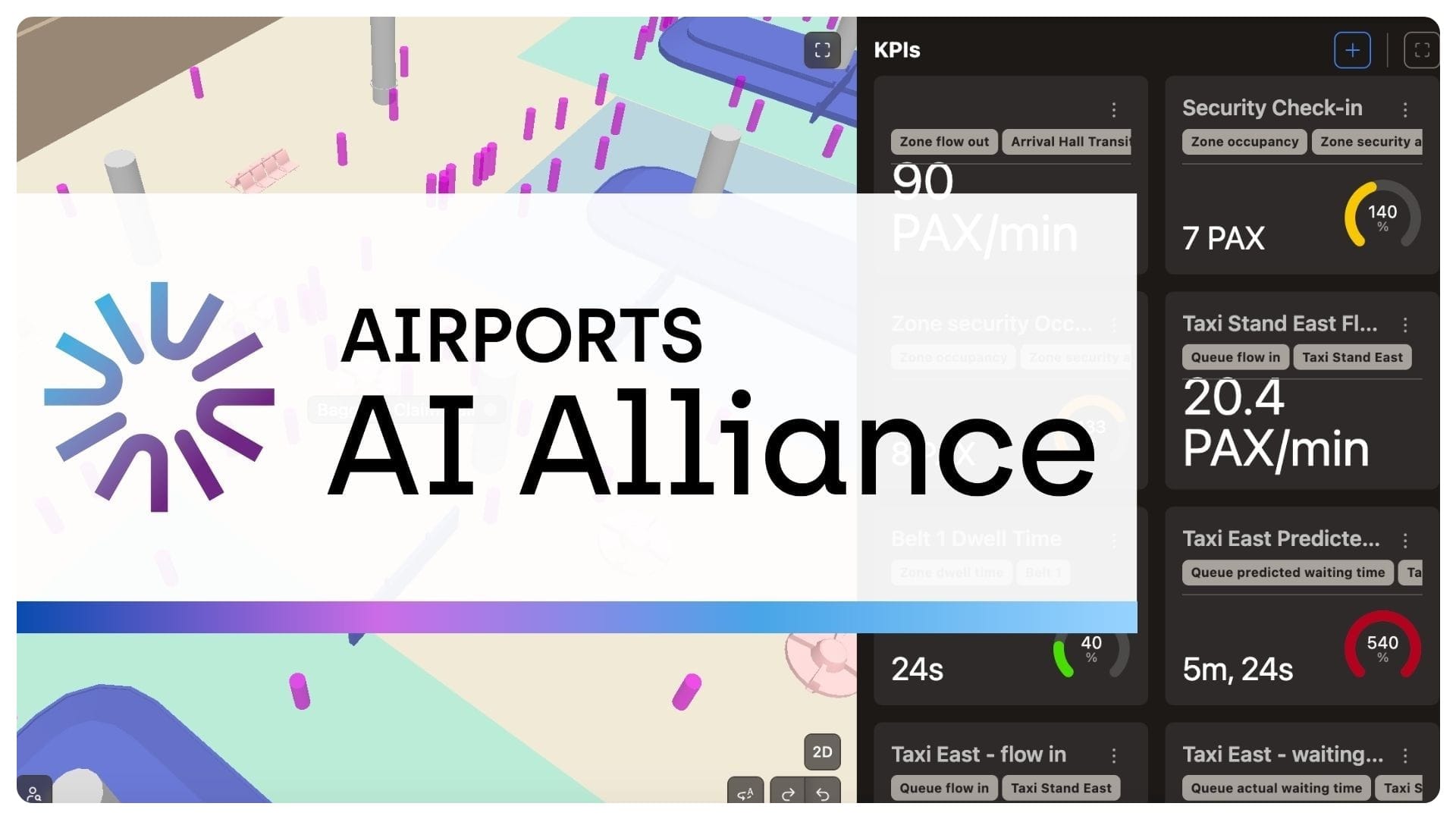
By implementing data-driven workflow improvements and understanding passenger behaviors, airports can deliver services that align with travelers' expectations, especially during peak travel seasons.
Elements to Enhance ASQ Scores
- Prioritize Passenger Feedback: Actively seek and respond to traveler feedback to align services with needs.
- Leverage Technology: Use data analytics to uncover trends that pinpoint areas for operational improvement.
- Train Staff Continuously: Regular training ensures that airport staff are equipped to address passenger concerns effectively.
- Focus on Cleanliness and Comfort: Providing a clean and comfortable environment directly contributes to higher satisfaction ratings.
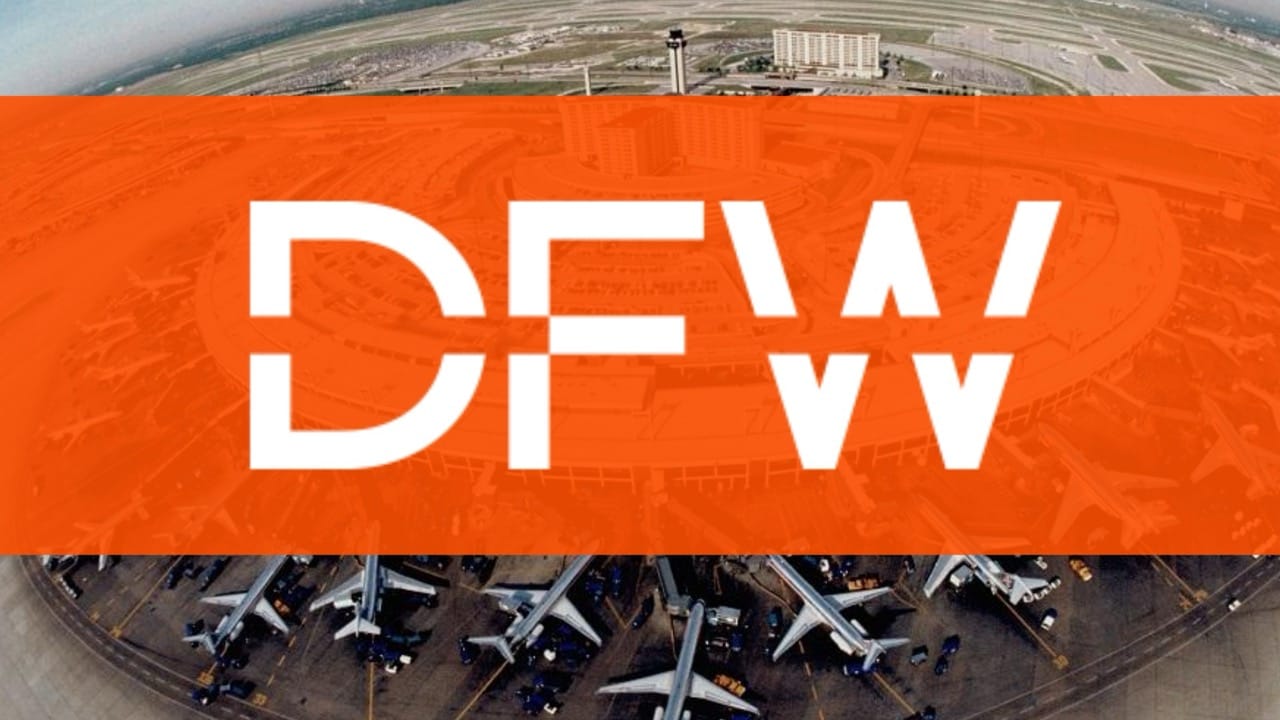
Employing these strategies helps airports to not only improve their ASQ scores but also foster loyalty among frequent travelers.
Conclusion
Enhancing airport arrival operations is essential for improving passenger experiences and operational efficiency. By combining real-time data insights on passenger flow with operational data such as flight and baggage information, airports can streamline various processes.
From optimizing immigration and customs operations to improving baggage handling and coordination with transportation services, the proper application of data analysis leads to numerous benefits.
As the aviation industry continues to evolve, airports must leverage technology and data insights to maintain a competitive edge in delivering exceptional service to travelers. Emphasizing operational efficiency and passenger satisfaction fosters a thriving airport environment where both travelers and staff can benefit.
LiDAR INSIGHTER Newsletter
Join the newsletter to receive the latest updates in your inbox.



